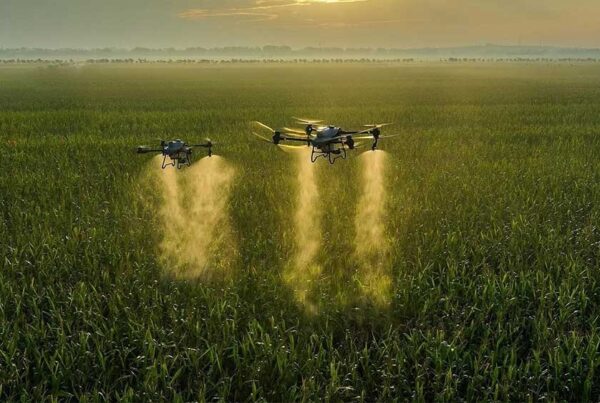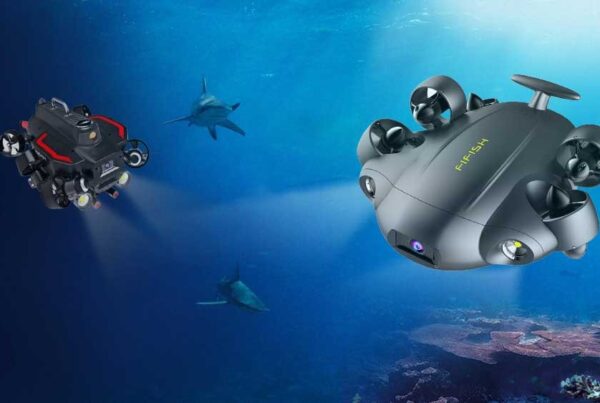
Introduction
- DJI Agras T30 and its Role in Agriculture
- The benefits of the Agras T30
Overview of the DJI Agras T30
- The design and specifications of the Agras T30
- How the Agras T30 is different from other agricultural drones
- Various models available in the Agras series
Applications of the DJI Agras T30
- Various agricultural applications of the Agras T30, such as crop spraying, seeding, and fertilization
- How the Agras T30 is being used in different parts of the world
Advantages of the DJI Agras T30
- How the Agras T30 is revolutionizing the agriculture industry
- Benefits of using the Agras T30, such as increased efficiency, reduced costs, and improved crop yields
- How the Agras T30 is helping farmers to be more sustainable
Challenges and Limitations of the DJI Agras T30
- Challenges and limitations of using the Agras T30, such as regulatory issues and technical limitations
- Potential risks associated with using agricultural drones
Conclusion
- Summarization of the main points of the article
- Future of agricultural drones and how the Agras T30 contributes to the industry’s growth.
Introduction
The DJI Agras T30 is a revolutionary agricultural drone designed to transform how farmers approach crop management. Equipped with advanced technology and a powerful spraying system, the Agras T30 has become a game-changer in the agriculture industry. Its primary role is to assist farmers in improving the efficiency and productivity of their farms. The benefits of using the Agras T30 include reduced labor costs, increased crop yields, and improved overall crop health. With its cutting-edge features, the Agras T30 has become an indispensable tool for modern agriculture.
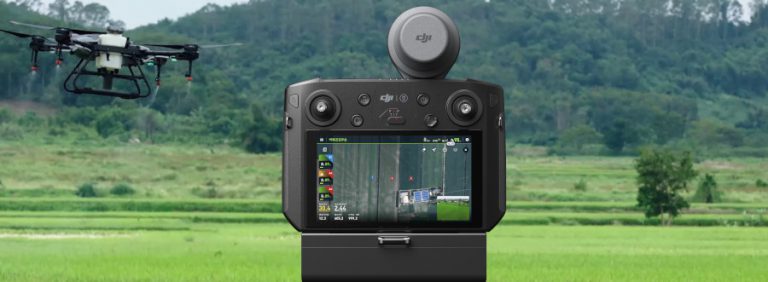
Overview of the DJI Agras T30
The DJI Agras T30 is a quadcopter drone that is designed specifically for agricultural purposes. It has a durable and sturdy carbon fiber body that is capable of withstanding tough conditions. The Agras T30 is equipped with a 30-liter tank, which can be filled with liquid pesticides, fertilizers, or herbicides. This drone is capable of spraying up to 40 acres of land per hour, with a spraying speed of up to 9 meters per second. It also has a maximum flight time of 45 minutes, which allows for efficient and quick spraying of large areas.
One of the primary ways in which the Agras T30 is different from other agricultural drones is its ability to spray both forwards and backward. This feature ensures that the entire area is covered evenly, without any gaps. Additionally, the Agras T30 can be programmed to fly over a specific area and spray the crops in a predetermined pattern, which helps to minimize wastage and increase efficiency.
The Agras series from DJI includes several models, including the Agras MG-1S, Agras MG-1P, and Agras T16. The MG-1S is the first model in the Agras series, and it is designed for small to medium-sized farms. The MG-1P is an upgraded version of the MG-1S, with improved performance and a longer flight time. The Agras T16 is the most advanced model in the series, with a 16-liter tank capacity and a spraying range of up to 6 meters. It is also equipped with advanced sensors that help to prevent collisions and ensure a safe flight.
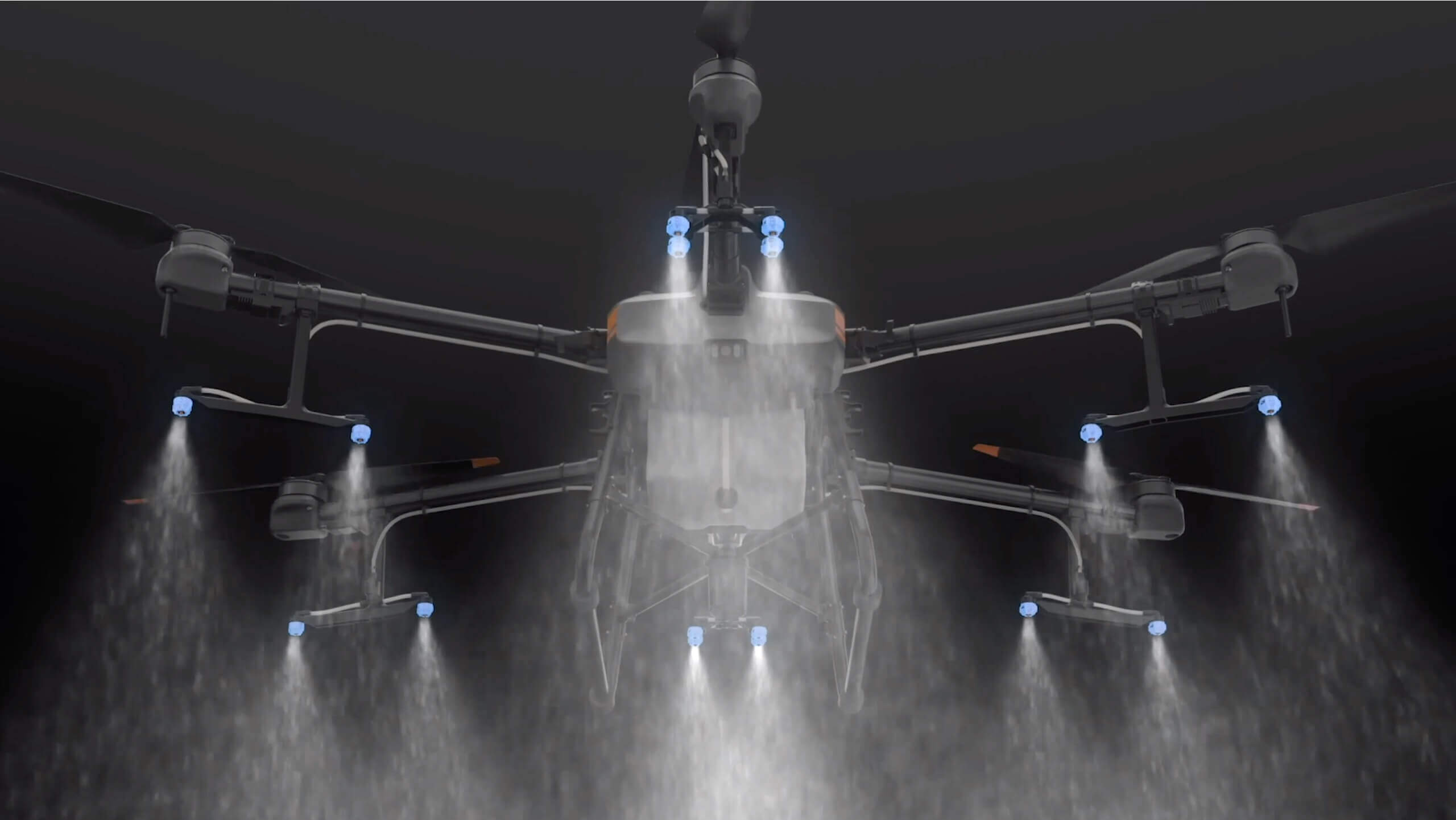
Applications of the DJI Agras T30
The Agras T30 has numerous applications in agriculture, making it a versatile tool for farmers. One of the primary applications of the Agras T30 is crop spraying. The drone can be used to spray pesticides, herbicides, and fertilizers on crops, ensuring even coverage and reducing the amount of chemical wastage. Another application of the Agras T30 is seeding. The drone can be programmed to fly over a specific area and distribute seeds in a predetermined pattern, which helps to save time and improve efficiency. The Agras T30 can also be used for fertilization, where it sprays a mixture of liquid fertilizers and water over crops, ensuring even coverage and improving crop health.
The Agras T30 has been used in various parts of the world for different applications. In China, the Agras T30 is being used to spray rice paddies, improving the efficiency of the process and reducing labor costs. In Australia, drone is being used to spray grapevines, reducing the amount of manual labor required and improving the quality of the grapes. In the United States, the Agras T30 is being used to spray corn crops, reducing the amount of herbicide needed and improving crop health.
The Agras T30 has also been used in developing countries, where manual labor is the primary means of crop management. In India, for example, the Agras T30 has been used to spray cotton crops, reducing the amount of time and labor required for the process. The drone has also been used in Africa to spray crops, improving the efficiency of the process and increasing crop yields. Overall, the Agras T30 has numerous applications in agriculture, making it a valuable tool for farmers worldwide.
Advantages of the DJI Agras T30
The Agras T30 is revolutionizing the agriculture industry by introducing cutting-edge technology that has significantly improved crop management. One of the primary benefits of using the Agras T30 is increased efficiency. The drone can cover large areas quickly and evenly, reducing the amount of time and labor required for crop management. This, in turn, results in reduced costs for farmers.
Another benefit of using the Agras T30 is improved crop yields. The drone can apply pesticides and fertilizers evenly and accurately, resulting in healthier crops and higher yields. This also helps to reduce the wastage of chemicals, which is good for the environment.
The Agras T30 is also helping farmers to be more sustainable. The drone uses precision technology to apply chemicals only where needed, reducing the amount of chemicals used and minimizing their impact on the environment. Additionally, the Agras T30 can be used to monitor crop health, identifying areas that require attention and reducing the risk of crop loss.
The Agras T30 is also helping farmers to be more efficient with their use of resources. The drone can be programmed to apply chemicals only where needed, reducing the amount of chemical runoff and waste. This helps to reduce the impact of agriculture on the environment, making it a more sustainable practice.
Overall, the Agras T30 is a game-changer in the agriculture industry, offering numerous benefits to farmers. Its advanced technology and precision spraying system have improved efficiency, reduced costs, and improved crop yields. It is also helping farmers to be more sustainable, using resources more efficiently and minimizing their impact on the environment.
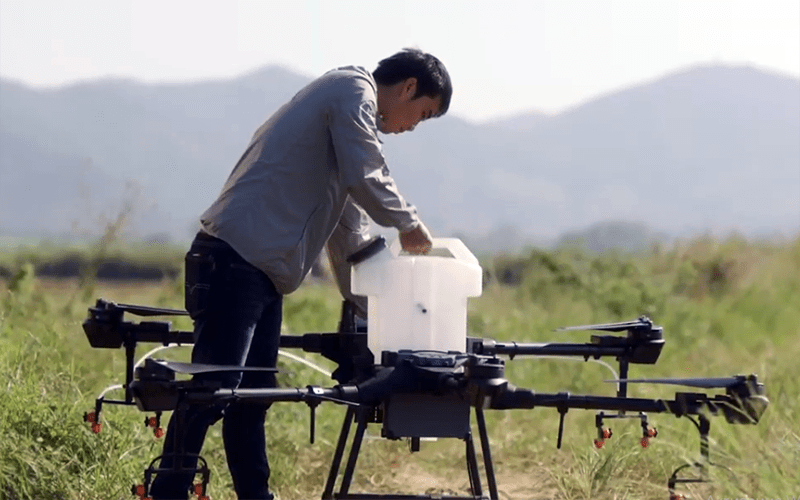
Challenges and Limitations of the DJI Agras T30
Despite its many advantages, the use of the Agras T30 in agriculture also poses some challenges and limitations. One of the primary challenges is regulatory issues. Different countries have different regulations regarding the use of agricultural drones, and farmers must ensure that they comply with these regulations to avoid legal issues.
Another challenge is technical limitations. The Agras T30 is limited by its battery life and the weight it can carry. This means that it can only cover a limited area before it needs to be recharged and can only carry a limited amount of chemicals.
Another limitation is the cost of the Agras T30. It is a relatively expensive piece of equipment, which may be prohibitive for small-scale farmers or those with limited resources. Additionally, the Agras T30 requires specialized training to operate, which may not be readily available in some areas.
The use of agricultural drones also poses potential risks, such as the risk of collisions with other drones or obstacles, and the risk of chemical exposure. Farmers must ensure that they take appropriate safety measures to minimize these risks and avoid accidents.
Overall, the Agras T30 is a highly advanced and efficient tool for farmers, but it is not without its challenges and limitations. Farmers must carefully consider these factors when deciding whether to invest in this technology and ensure that they use it responsibly and safely.
Despite its many advantages, the use of the Agras T30 in agriculture also poses some challenges and limitations. One of the primary challenges is regulatory issues. Different countries have different regulations regarding the use of agricultural drones, and farmers must ensure that they comply with these regulations to avoid legal issues.
Another challenge is technical limitations. The Agras T30 is limited by its battery life and the weight it can carry. This means that it can only cover a limited area before it needs to be recharged and can only carry a limited amount of chemicals.
Another limitation is the cost of the Agras T30. It is a relatively expensive piece of equipment, which may be prohibitive for small-scale farmers or those with limited resources. Additionally, the Agras T30 requires specialized training to operate, which may not be readily available in some areas.
The use of agricultural drones also poses potential risks, such as the risk of collisions with other drones or obstacles, and the risk of chemical exposure. Farmers must ensure that they take appropriate safety measures to minimize these risks and avoid accidents.
Overall, the Agras T30 is a highly advanced and efficient tool for farmers, but it is not without its challenges and limitations. Farmers must carefully consider these factors when deciding whether to invest in this technology and ensure that they use it responsibly and safely.
Conclusion
The DJI Agras T30 is a highly advanced agricultural drone that has revolutionized the way farmers manage their crops. Its precision spraying system, increased efficiency, and improved crop yields have made it a game-changer in the industry. However, the use of agricultural drones like the Agras T30 also poses challenges and limitations, such as regulatory issues and technical limitations.
Despite these challenges, the Agras T30 and other agricultural drones have a bright future in the industry. As technology continues to advance, drones will become more efficient, cost-effective, and accessible to farmers of all sizes. The Agras T30 is contributing to this growth by introducing cutting-edge technology that is helping farmers to be more efficient, sustainable, and profitable.
In conclusion, the DJI Agras T30 is an excellent example of how technology is transforming the agriculture industry. Its advanced features and precision spraying system have improved efficiency, reduced costs, and improved crop yields. While there are still challenges and limitations to overcome, the Agras T30 and other agricultural drones have the potential to revolutionize the industry further in the coming years.
Popular tags
DJI Agras T30 Agriculture drone, DJI Agras T30 drone advantages, DJI Agras T30 drone review, DJI Agras T30 drone benefits

